How do you pay financial debts?
You’ve begun to realize that you’re making a significant amount of payments on credit cards and other forms of revolving debt.
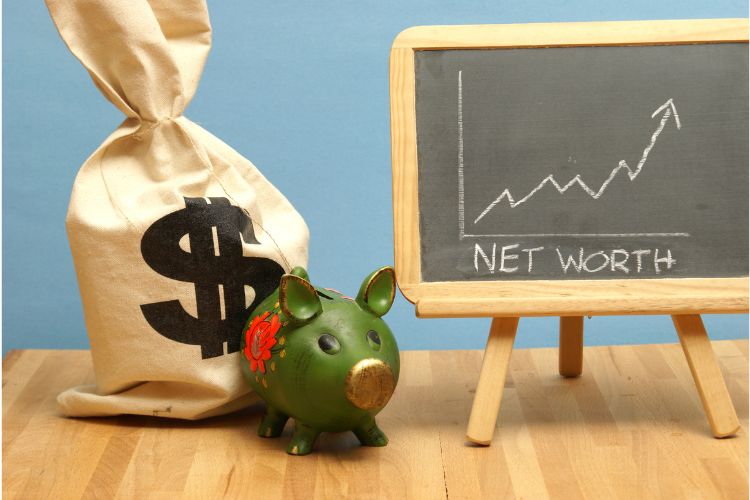
Everytime you think about getting your hands around your debt, you get overwhelmed and fall off track. This will help you build a plan and answer one important question.
What order should you pay your debts?
Compile your net worth
To pay your financial debts, the first thing you need to do is compile your net worth.
Once you have your net worth, you can then see your overall financial picture and know what steps are next to take.
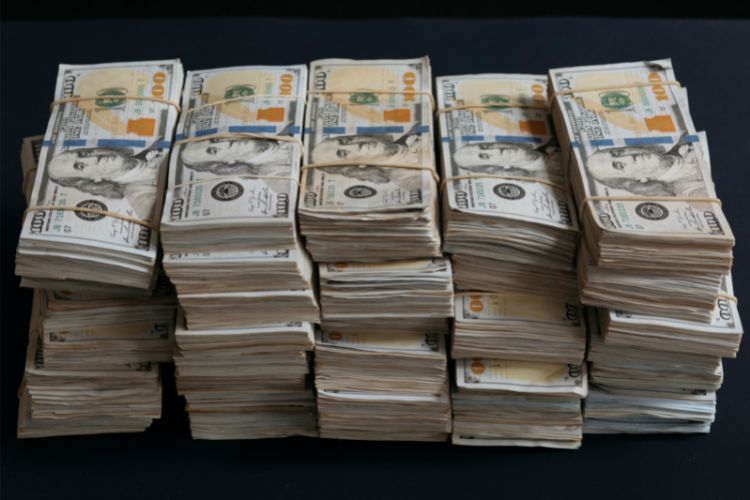
Do you have an emergency fund? This would be the first place to start when starting to pay your debts.
Then look to the liabilities section of your net worth statement.
Develop a plan to pay your financial debts
If we take a step back, financial liabilities are any monies that you owe to someone else.
When you dig into your liabilities, take note of who you owe money to, how much, and at what interest rates.
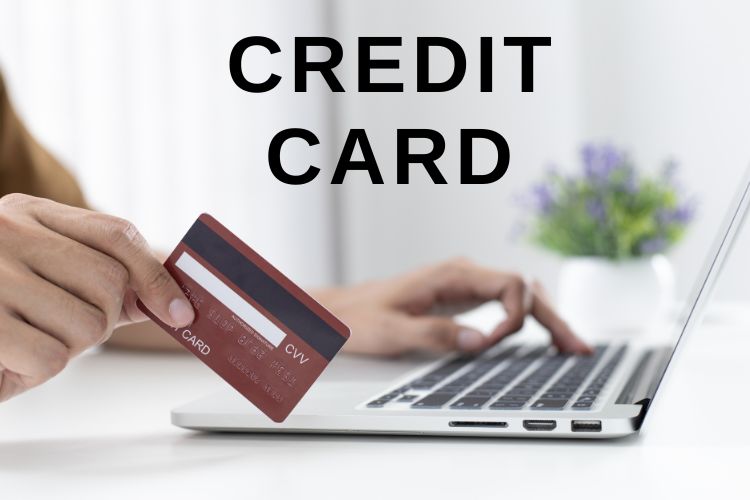
Once you know what exists, you need to evaluate which debt payoff method aligns more with your style.
Which debt payoff method should I use?
This depends on your personality.
Are you motivated by quick wins or by saving more money?
You need to ask yourself and really align with your motivations, but here are the two primary debt payoff methods.
Debt Snowball

If you’re motivated by quick wins, then the debt snowball method may be better for you to implement.
This is listing all of your liabilities from smallest to largest, making minimum payments on all larger debts, and diverting all excess funds to the smallest debt.
After you pay off your smallest debt, then you can shift your funds to the next largest. The snowball grows as you pay off more of your financial debts.
Debt Avalanche
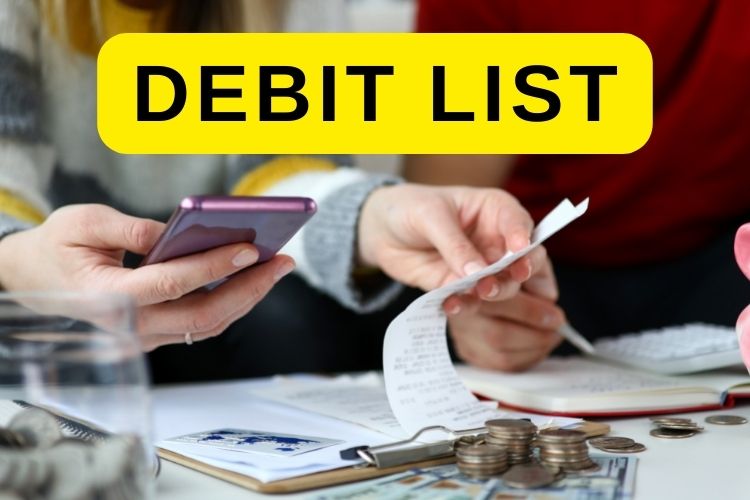
The debt avalanche method is listing your debts in terms of highest interest rate and tackling the one with the highest interest rate first.
This method can be quicker than the debt snowball and can save you more money in the long run, but it may be harder to stay motivated without the quick wins of the debt snowball.
The key is to align with your motivation!
Just tell me how to pay my financial debts
Personal finance is personal and often requires you to evaluate what works best for you. When it comes to paying off debt, it’s a long term game and your strategy can vary if you’re motivated by quick wins or saving more money.

Of course, the Dave Ramsey Debt Snowball method has worked for millions of people and could work for you as well!
I’m motivated by saving more money so here is how I’d generally approach paying off financial debts assuming I had an emergency fund already set up.
Step 1: Develop a financial debt plan
The first thing I’d do is evaluate my budget and spending to squeeze out any extra cash flow that I can.
I’d then look at the entire financial debt picture and determine if I could handle shifting my debt to a zero percent interest rate credit card or something equivalent that would give me some breathing room on paying interest.
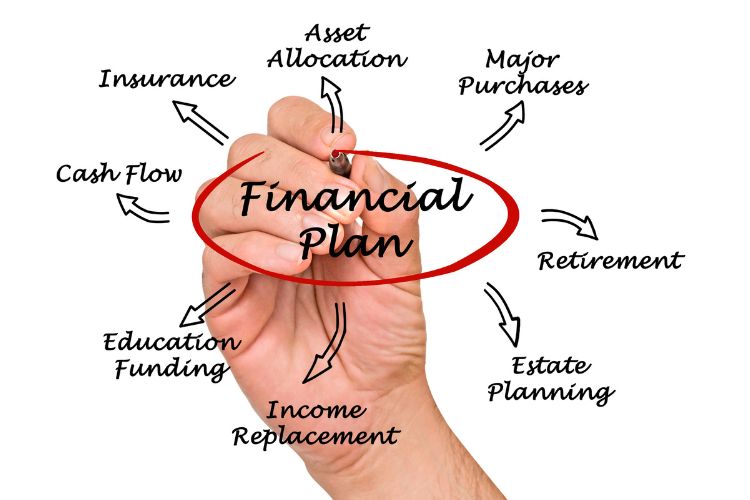
I’d transfer my high interest rate credit card debt to the new credit card and begin to pay off my credit card debt.
Step 2: Pay off credit card debt
If you’re paying interest on your credit cards, that has to stop.
So this would be my first focus – diverting all excess cash to paying off high interest credit card debt.
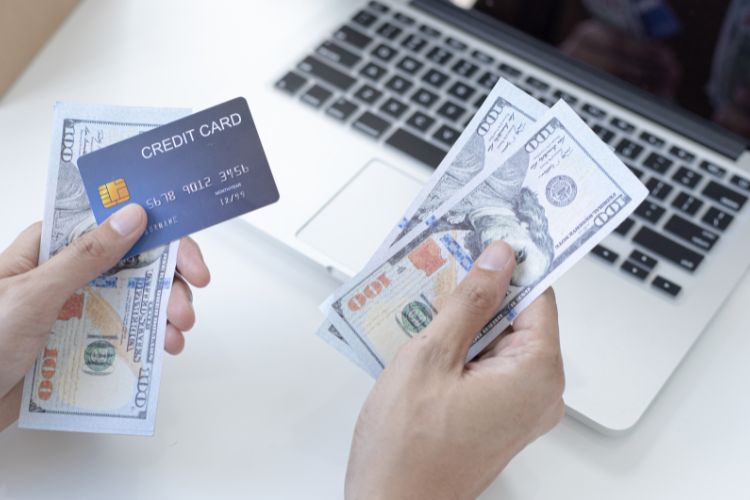
Once the credit card debt is paid off, you’ve now likely created hundreds of dollars of cash flow that can be used to attack the next bit of debt.
Step 3: Pay personal loans
Use your net worth sheet to determine which personal loan has the highest interest rate and begin to set your sights on that one next.
If you have a furniture loan or similar, that becomes the next victim of your debt paydown plan.
Step 4: Pay auto loans
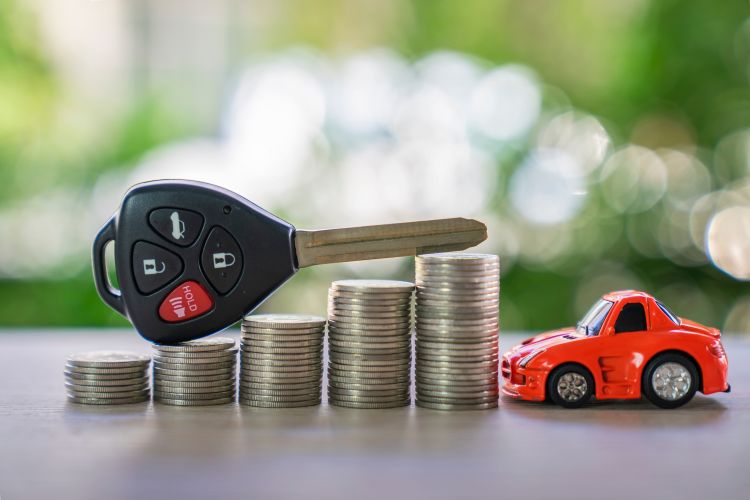
If you have a car loan, it is likely a lower interest rate than any other type of consumer debt and therefore you can keep paying the minimum amount on this debt until the others are taken care of.
If the interest rate is significantly lower than the inflation rate, I’d consider just making the minimum payments on this debt until it fully matures.
If you are just sick of all debts, then you can put as much excess cash flow toward the loan as possible. I’d use an amortization schedule to determine at what point I could pay off the loan.
Step 5: Pay home loans
After paying all high interest loans, you can now focus on paying off the mortgage.
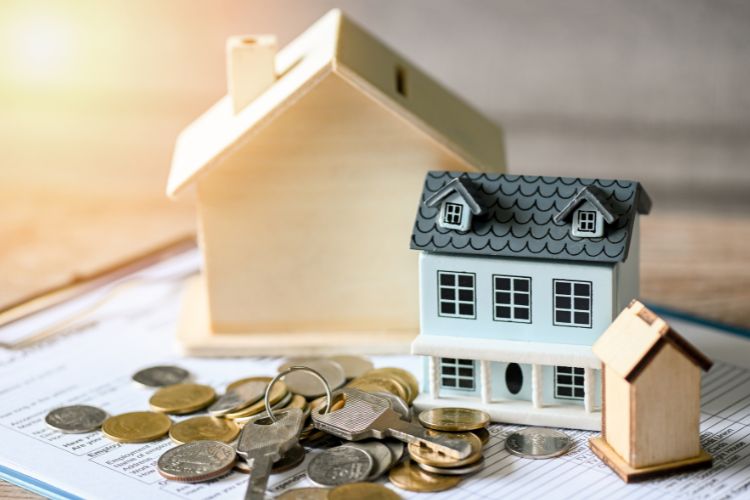
Again, using an amortization table can help determine how much extra to put toward the loan and when you’ll pay it off.
And if the loan interest rate is very low, then I’d consider carrying the loan for a longer period of time and using the cash flow elsewhere.

